Step 01
LEGAL PROCEDURES
- Gather existing documents Prepare legal documentation
- Obtain agreements from EVN (Vietnam Electricity) and the Department of Industry and Trade
- Fire safety drawing approval Building permit acquisition
EPC Solar participates in providing and implementing solar energy solutions for industrial zones and enterprises, with the aim of reducing electricity costs, enhancing sustainability, and contributing to environmental protection.
Key Activities:
Survey and Demand Analysis:
Evaluate the electricity consumption needs of the factory, industrial zone, or enterprise, determine the feasibility of installing a solar power system on the roof, and calculate the system’s efficiency.
System Design Consultation:
Based on the actual survey, the company will design an optimized solar power system for each customer, selecting suitable solar panels, inverters, and other components.
Solar Power System Installation:
Install solar panels on the roof and connect them to the factory, enterprise, or industrial zone’s electrical system. This includes setting up the power transmission system and linking it to the national grid (if grid connection is required).
System Inspection and Handover:
After installation, the company will conduct a thorough technical inspection, measure the parameters, and ensure the system is operating stably before handing it over to the customer.
Consultation on Policies and Legal Procedures:
Assist customers in completing the necessary legal procedures related to grid connection (if applicable) and compliance with regulations set by government authorities.
O&M services are essential for maintaining the long-term performance of solar power systems in solar farms. This is a crucial part of ensuring that solar systems operate at their optimal efficiency throughout their lifecycle.
Key Activities for O&M of Solar Farms:
System Performance Monitoring and Tracking:
Utilize remote monitoring tools to track the performance of solar panels, inverters, and related equipment. Monitoring helps identify early issues or performance drops, allowing for prompt troubleshooting.
Routine Maintenance:
Perform maintenance tasks such as cleaning the solar panels, inspecting electrical connections, replacing faulty components (if any), and changing oil for inverters to ensure stable system performance.
Repairs and Replacements:
Address any faults or malfunctions that arise during operation. Components requiring replacement will be inspected, and genuine replacement parts will be provided.
Technology Updates and Upgrades:
Recommend system upgrades if necessary, such as replacing solar panels, upgrading inverters, or integrating new technologies to improve energy efficiency.
Performance Management and Reporting:
Provide performance reports on the system, including electricity generated, consumption levels, and cost savings. These reports help customers track the system’s development and the benefits derived from the solar power system.
Step 01
LEGAL PROCEDURES
Step 02
DESIGN AND PROCUREMENT
Step 03
CONSTRUCTION
Step 04
OPERATION AND HANDOVER
Inspection and preparation for operation COD (Commercial Operation Date) Operation, troubleshooting, and handover
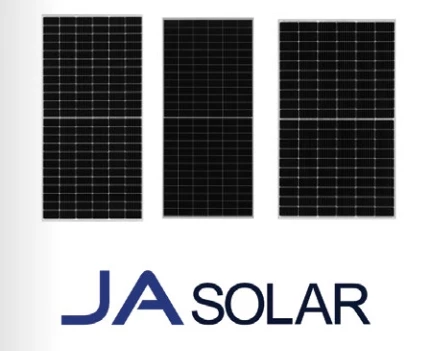
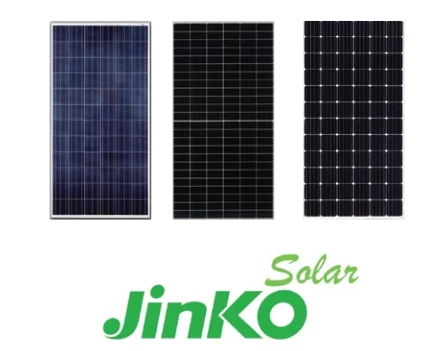
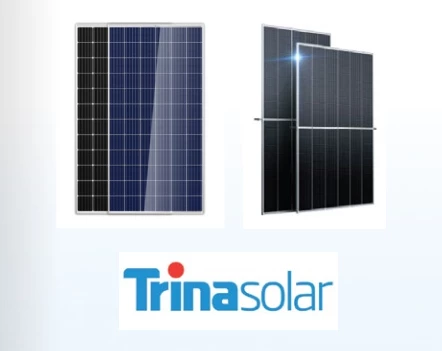
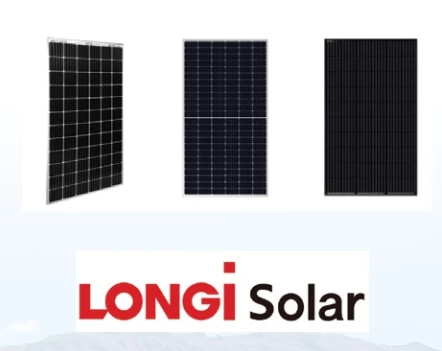
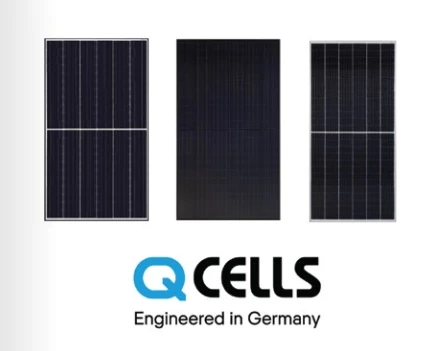
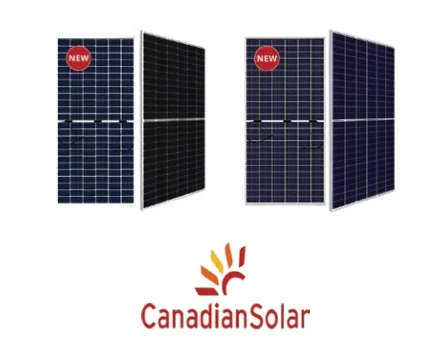
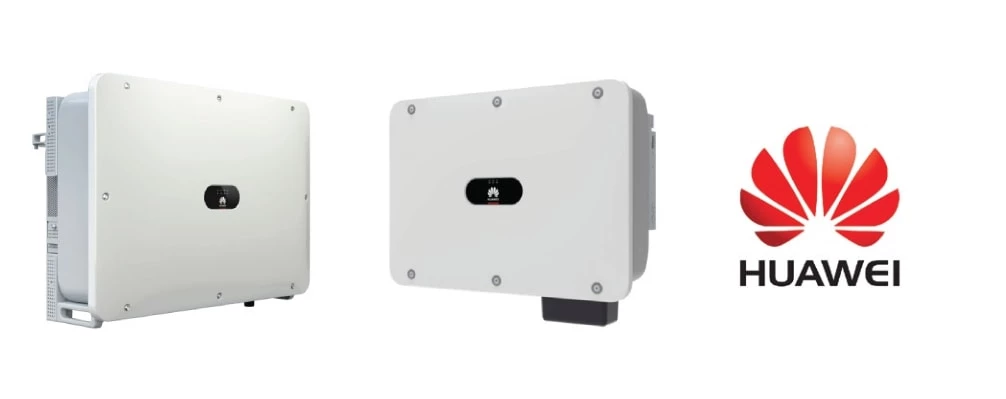
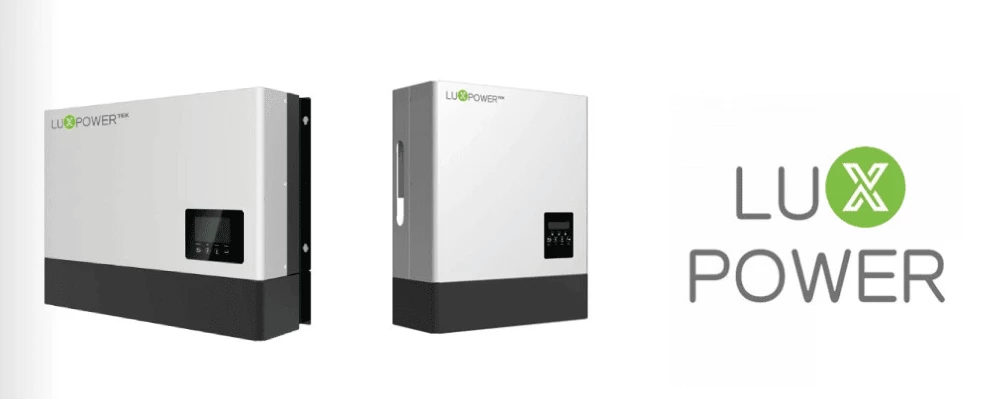

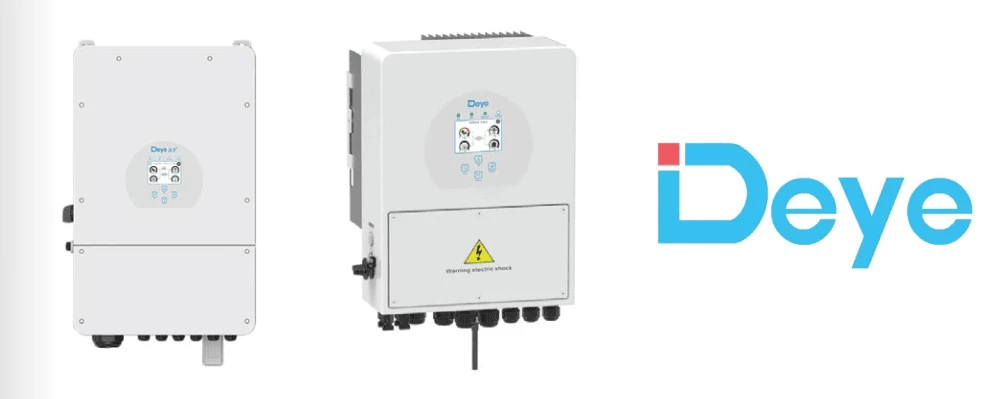
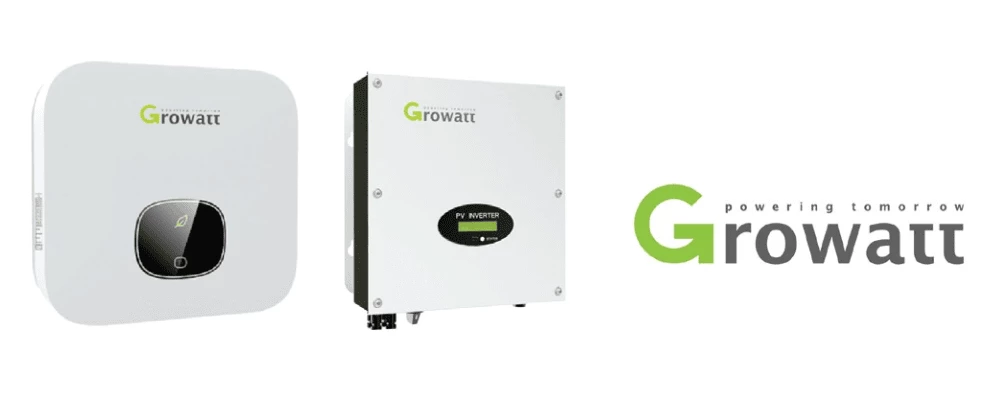
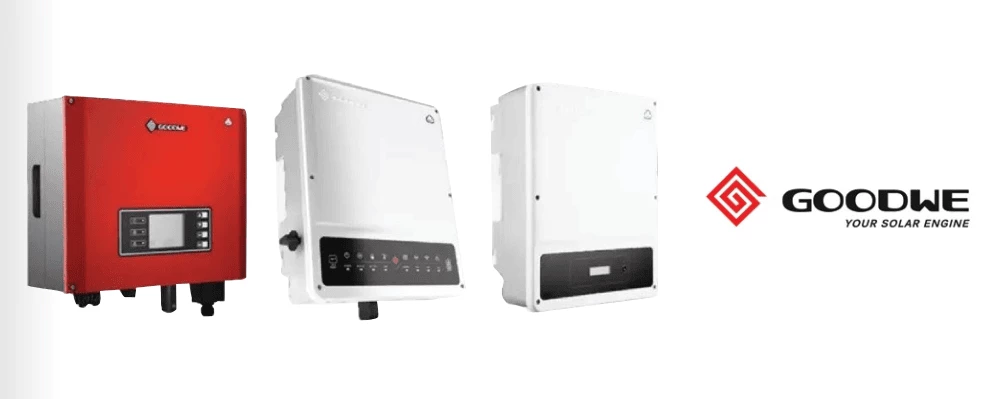
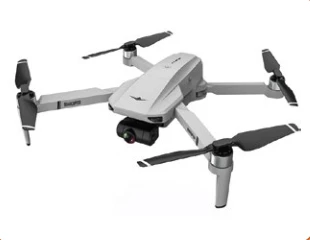
Drone (Flycam)
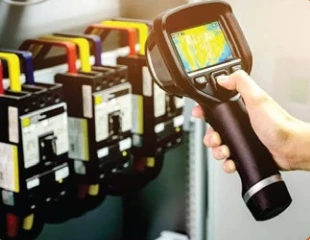
Thermal scanner

Insulation resistance tester
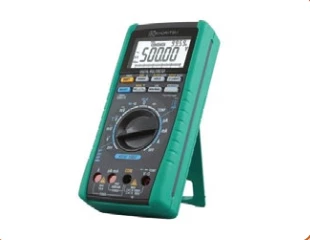
Multimeter
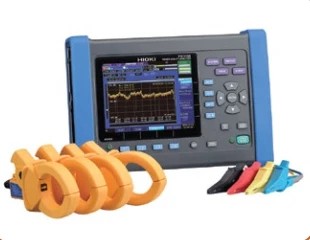
Power quality analyzer
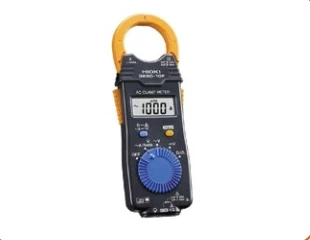
Ammeter
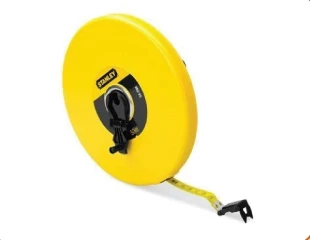
50m tape measure
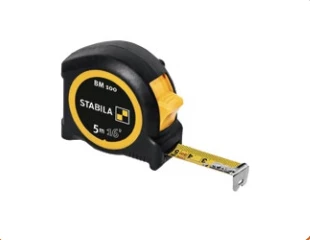
5m retractable tape measure
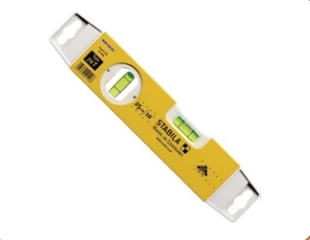
Spirit level

Voltage tester
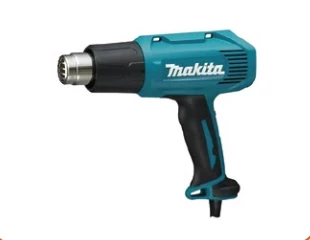
Heat gun

Vacuum cleaner Electrical cabinet work
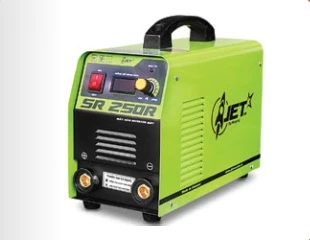
Electric welding machine
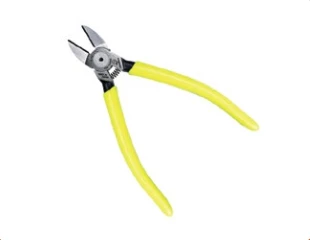
Wire cutters
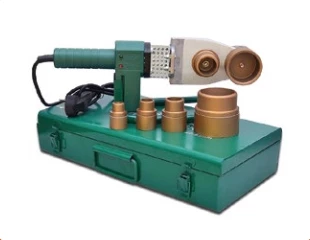
Plastic pipe heat welding machine
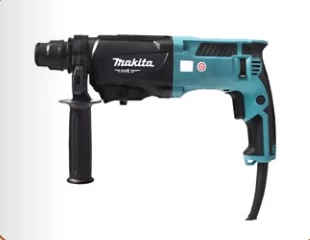
Concrete drill
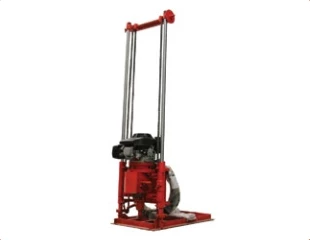
Grounding drill

A-frame ladder
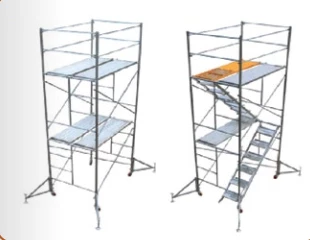
Scaffolding
Silicone gun
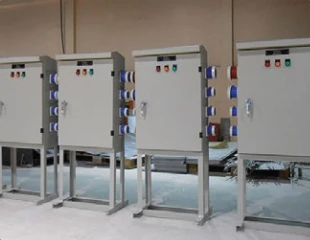
Electrical cabinet for construction
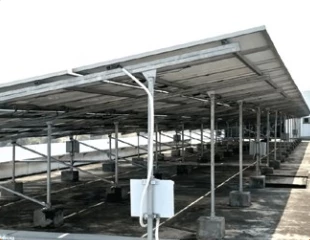
Frame - battery crane cage
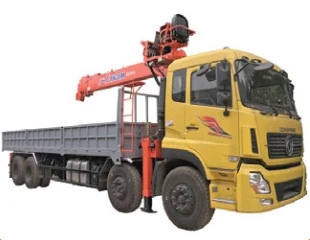
Crane truck